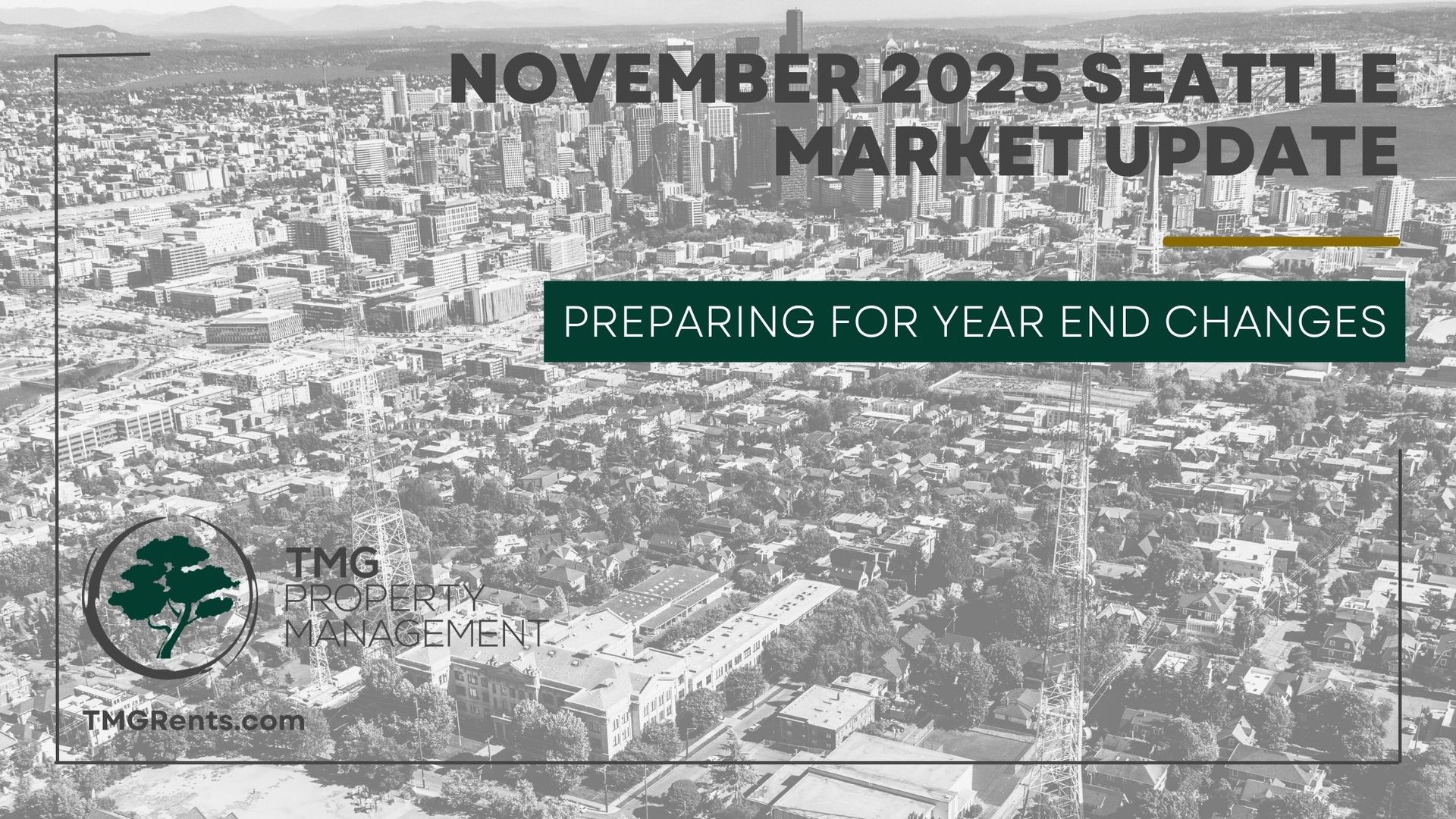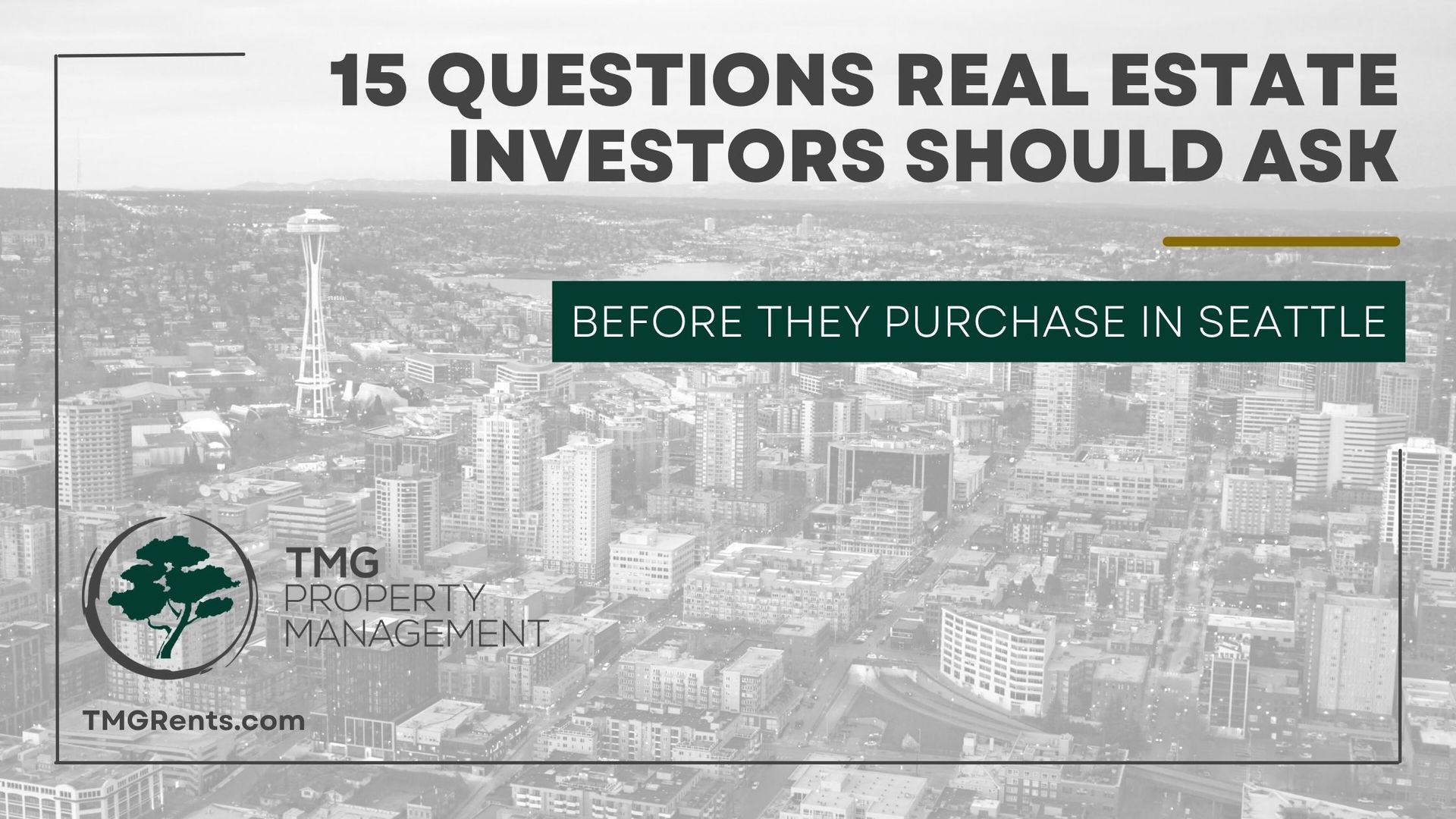March 2024 Seattle Real Estate Market Update
SEATTLE HOUSING MARKET MARCH 2024: IN-DEPTH ANALYSIS AMIDST FRENZY, SHORTAGE, AND RISING RATES
Hey Seattle homebuyers, as we delve into the Seattle housing market for March 2024, the landscape reveals a series of dynamic shifts and patterns worth noting. With a blend of optimism and caution, let's explore the current state and anticipate the road ahead in this ever-evolving market.
THE SEATTLE HOUSING MARKET AT A GLANCE
Market Dynamics and Key Trends:
- Interest Rates and Their Impact: The Seattle-area housing market continues to be influenced by higher interest rates, which have added a layer of complexity for buyers and sellers alike. While these rates have led to a more cautious approach from potential buyers, they are also creating a unique set of opportunities within the market.
- Inventory Fluctuations: A notable trend is the decline in inventory, coupled with an increase in sales in certain counties, indicating a robust demand that persists despite fewer homes on the market. In January 2024, King County experienced a significant year-over-year decrease in active listings, alongside a modest increase in closed sales, showcasing the market's resilience and competitive nature.
- Pricing Insights: The median sales price in King County has seen a 5.12% increase compared to the previous year, stabilizing at $760,000. This stability in pricing, amidst fluctuations in inventory and interest rates, suggests a market that continues to attract a diverse range of buyers and sellers.
- Condominium Sales: An interesting subplot within the larger market narrative is the surge in condominium sales, which have witnessed a substantial year-over-year increase. This rise reflects a growing segment of the market that's adapting to the broader trends impacting single-family homes.
- A Glimpse into the Future: Experts remain optimistic about the Seattle-area housing market's trajectory, forecasting moderate growth and a gradual move towards a more balanced market. Strategic pricing for sellers and vigilance for buyers are recommended, especially as the market adjusts and evolves in response to interest rates and inventory levels.
- Navigating the Market: For buyers and sellers alike, the current market conditions underscore the importance of being well-informed and strategic. Whether it's capitalizing on the competitive nature of the market or navigating the challenges posed by interest rates and inventory shortages, success in the Seattle housing market demands a nuanced understanding of its dynamics.
A significant point of discussion revolves around interest rates, which have been a pivotal factor for both buyers and sellers.
The Federal Reserve's monetary policy, particularly its stance on interest rates, plays a crucial role in shaping the real estate landscape. As of now, the Fed has not implemented any rate cuts this year, maintaining a cautious approach amidst various economic signals. However, there's a growing anticipation that the first rate cut could occur as soon as June.
This awaited adjustment comes amidst a backdrop of high interest rates that have undeniably impacted the housing market, constraining affordability and influencing buyer behavior. Higher rates have led to a cautious approach from potential buyers, who are observing the Fed's moves for any sign of relief that could improve their purchasing power.
The prospect of an impending rate cut by the Fed is significant, as it could potentially unleash pent-up demand within the market. Buyers who have been sidelined due to the higher cost of borrowing may see this as an opportune moment to enter the market, hoping for more favorable conditions. This anticipated move is watched by market participants, as it could signal a shift in the current dynamics, providing a much-needed boost to market activity.
Sellers, too, are closely monitoring this situation, as a reduction in interest rates could lead to an increase in buyer interest, possibly enhancing the competitiveness of the market. This scenario underscores the importance of strategic pricing and presentation, with sellers needing to align their expectations with the evolving market conditions.
Seasonally we should be seeing a significant increase in activity in March and into the summer. We have seen activity pick up significantly the last couple of weeks in particular.
It remains a confusing real estate market and has some unpredictable ups and downs for buyers and sellers. On the one hand, we see 65-75% of new listings go pending in the first 30 days and most of those are multiple bid competitive situations. On the other hand, we are seeing 16% of listing with a price reduction.
What is the difference? Listings Must Be Turnkey (New Construction, Fully Updated, or in Extremely Good Condition) if you want it to sell quickly for over asking. Everything else sits for a few weeks and either gets a lower bid or does a price reduction.
This is producing an interesting situation where the market can be in favor of both a seller and a buyer depending on the condition of a new listing.
If a home comes on the market and it is a little beat up, priced too high, or is in a bad location it is possible it may sit for a few weeks or months giving a buyer an advantage and the possibility of negotiating a lower price or seller credits.
Until we get an influx of listings or the interest rates become unmanageable... We do not have enough houses to sell. We are currently showing 1.2 months supply of inventory in Seattle and that is considered a Shortage.
When we have a low amount of listings that means we are still in a Seller's Market.
To maximize your home selling/buying experience:
- Sellers need to be Market Ready Day One to take advantage of the low supply and ensure their homes sell swiftly and for top dollar.
- Buyers need to readjust to the new normal and get themselves Buyer Ready Day One. Not every listing is a multi-bid scenario but we need to be ready when they are.
It is always OK to buy/sell within the same market timing. In this market, most sellers are sitting on big equity and can take their time to get their home ready for sale. After we sell we have a much higher chance of buying our move up or move down without having to arrange for temporary housing.
The doomsday stories about a potential crash just seem to not want to go away. We have seen severe inflation and many recession-like activities. I have found that the best way to understand how the real estate market is responding is to look at the data and match it up with the eye test.
We tend to look heaviest at the 3 key indicators to determine the health of the market.
The percentage of new listings that go pending, or under contract, in the first 3o days. We call this the "Sales Intensity Scale". During the pandemic, we literally had to make up a new adjective to label what was happening as we were seeing over 90% of new listings go pending in the first 30 days. We called that an Ultra and Uber Frenzy Market. We are currently sitting at 66.9% of new listings. We call that a FRENZY Market. A median or average type market would be around 30%.
Inventory levels continue to stay low and are at 1.2 months supply what we consider a Shortage Inventory Level. When there are not many homes to buy and many people looking to buy homes that is simple Supply and Demand. Not enough supply for all that demand.
Interest rates play a huge role in the demand. If people can not get financing, or financing that matches their needs, that will limit the demand. Right now interest rates are right around 7% (Mortgage News Daily). Data shows that we will tolerate interest rates up to the 7% range and continue buying homes.
BONUS TIP: With some listings, it is possible to negotiate for Seller's concessions. Look for homes that have been on the market longer than 7-10 days. Generally, these concessions would go towards your closing costs. Now might be a good time to negotiate seller concessions towards buying down your interest rate. Either a permanent or temporary 2/1 buydown.
If you are thinking of buying a home in Seattle right now and are worried that the interest rates have increased it is important to contrast that to what you gain.
THE RENT VS BUY CONVERSATION
BUYING A HOME MEANS AVOIDING RISING RENTS
When you rent: Your monthly payment usually goes up every time you sign a new lease
When you buy: Your fixed-rate mortgage payment is locked in for the length of your home loan
HOMEOWNERS OWN A VALUABLE AND TANGIBLE ASSET
“. . . the average U.S. homeowner now has about $290,000 in equity.” (Corelogic)
When you rent: You won't get any return on your investment as you pay your rent monthly
When you buy: As home prices rise, and as you pay down your home loan, you build equity.
OWNING YOUR HOME GROWS YOUR WEALTH OVER TIME
“A monthly mortgage payment is often considered a forced savings account that helps homeowners build a net worth about 40 times higher than that of a renter.” Dr Lawrence Yun
When you rent: When the cost of renting goes up, it's more difficult to save money for a down payment to buy a home.
When you buy: As you build equity through the years, you give your net worth a big boost.
Seattle rent remains high and according to the Bureau of Labor Statistics, it is the second highest victim of inflation at 8.3% rise from last year.
According to Zillow the average rent for a Seattle 3-bedroom home is $3,400 per month. This equates to approximately a $600,000 home (view 3 Bedroom Seattle homes for sale in the $500K - 700K price range) with 20% down on a 30-year fixed 7% bought down to as low as 5% with a temporary 2-1 buydown interest rate loan.
As we find ourselves in recession-like situations the best hedge for inflation is real estate.
We should stay in a Frenzied to Surging market meaning that 35 - 85% of homes sell in the first 30 days through the Fall of 2024.
Seattle has the 2nd highest percentage of tech workers in the country. "Seattle Overtakes Boston as Third-Richest US City by Household Income" (Bloomberg)
VIEW THE FULL REPORT HERE:
https://www.themadronagroup.com/seattle-housing-market-report/










